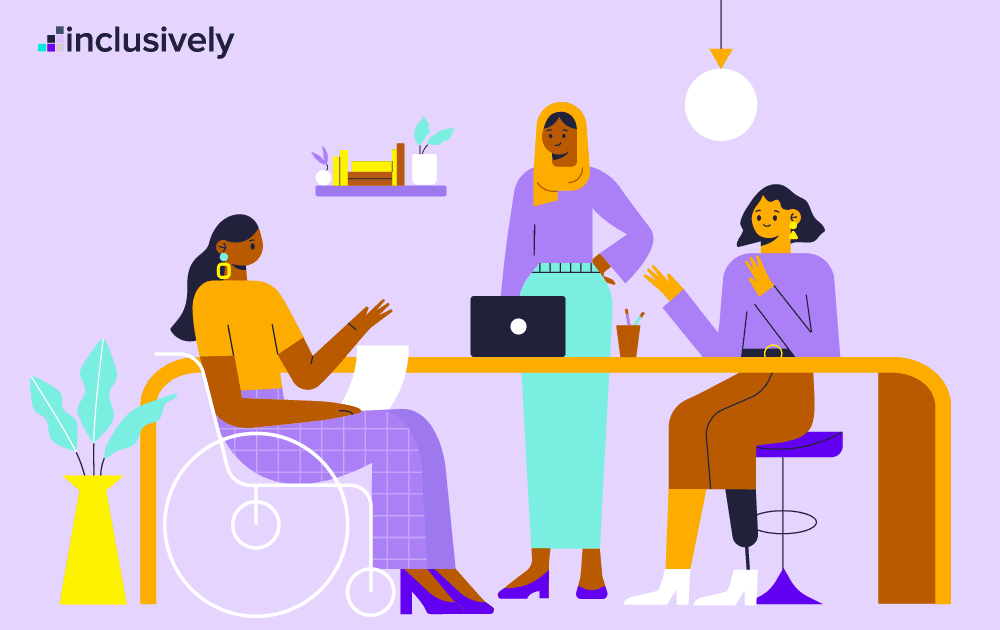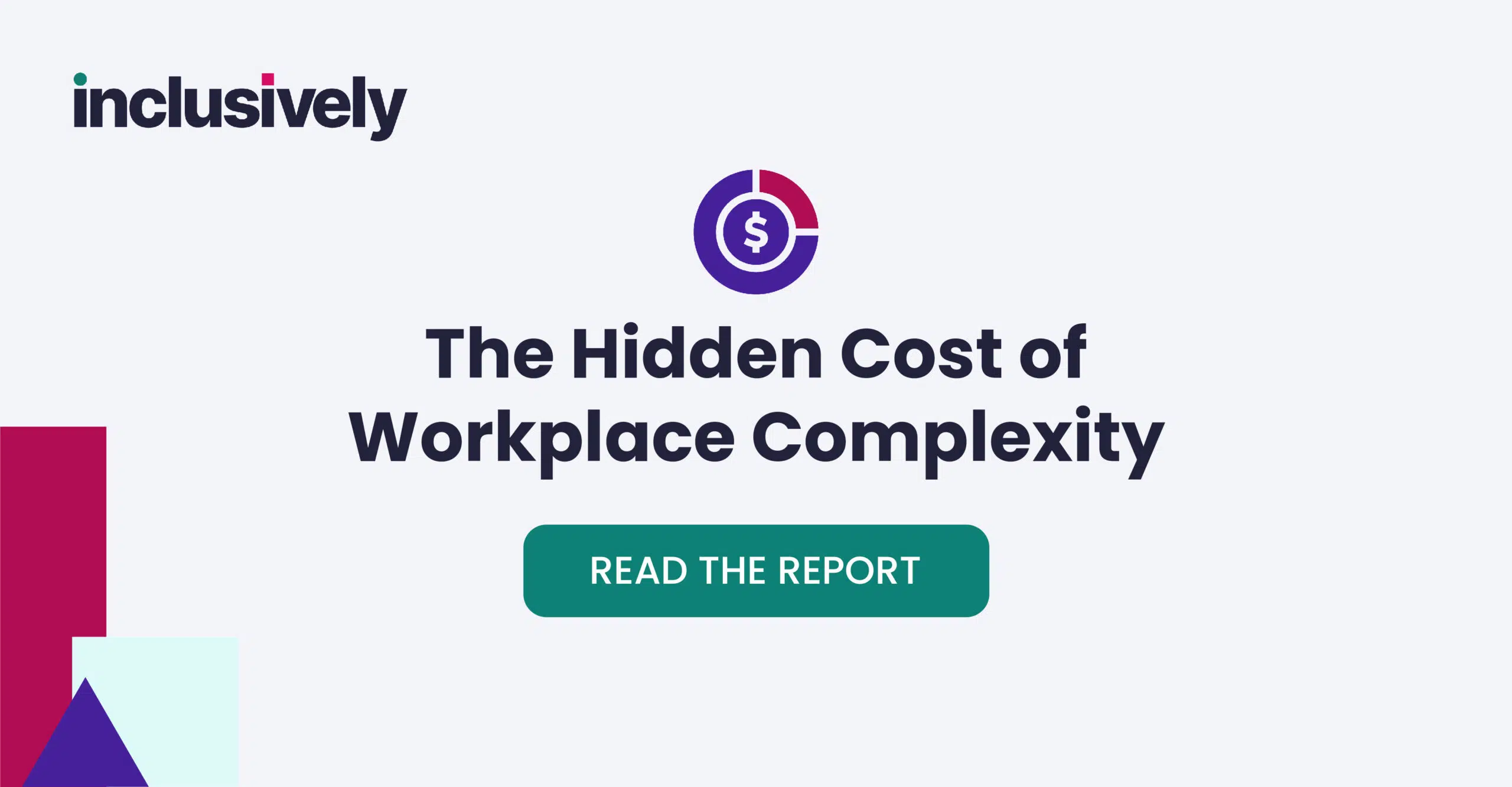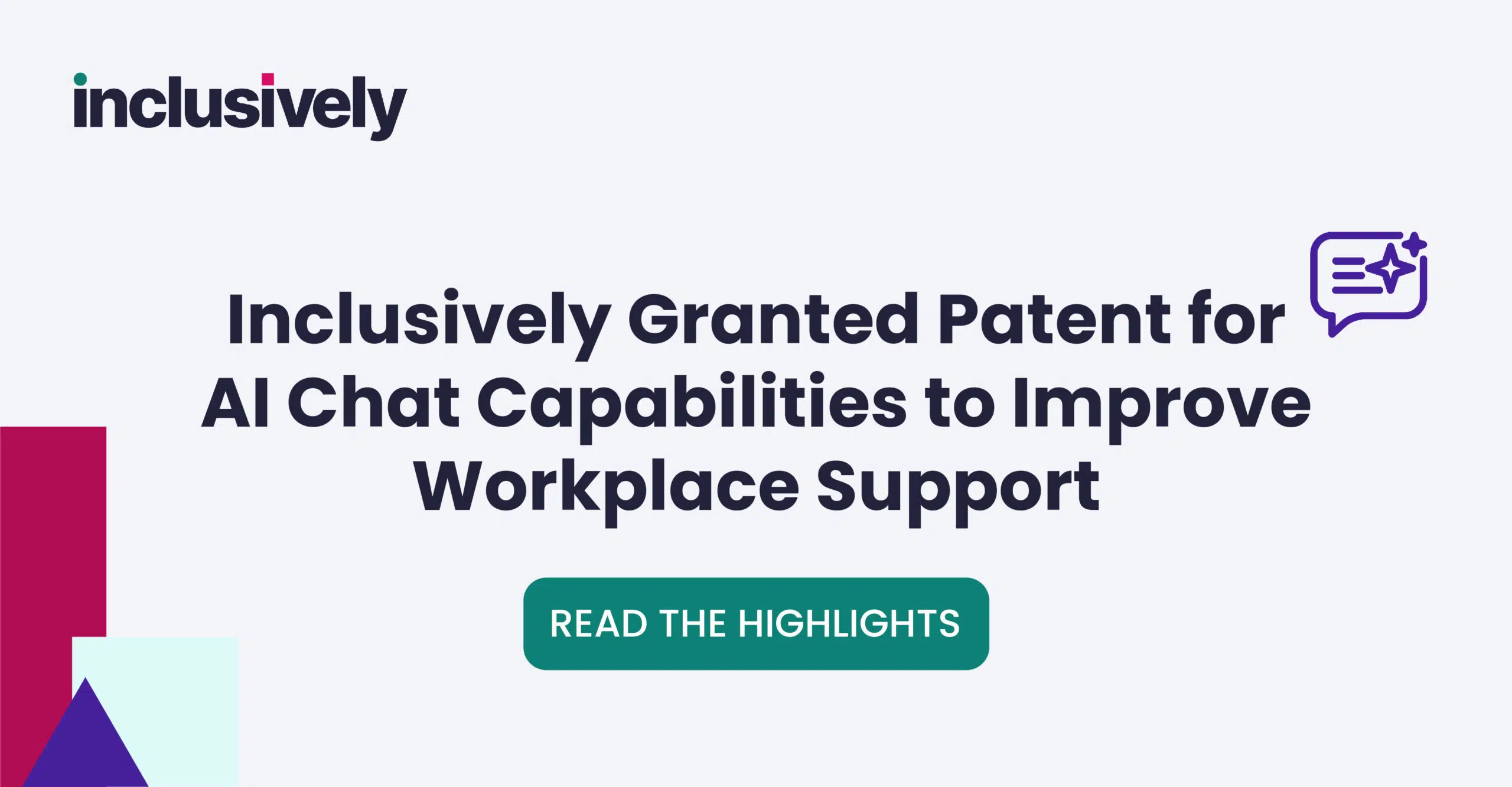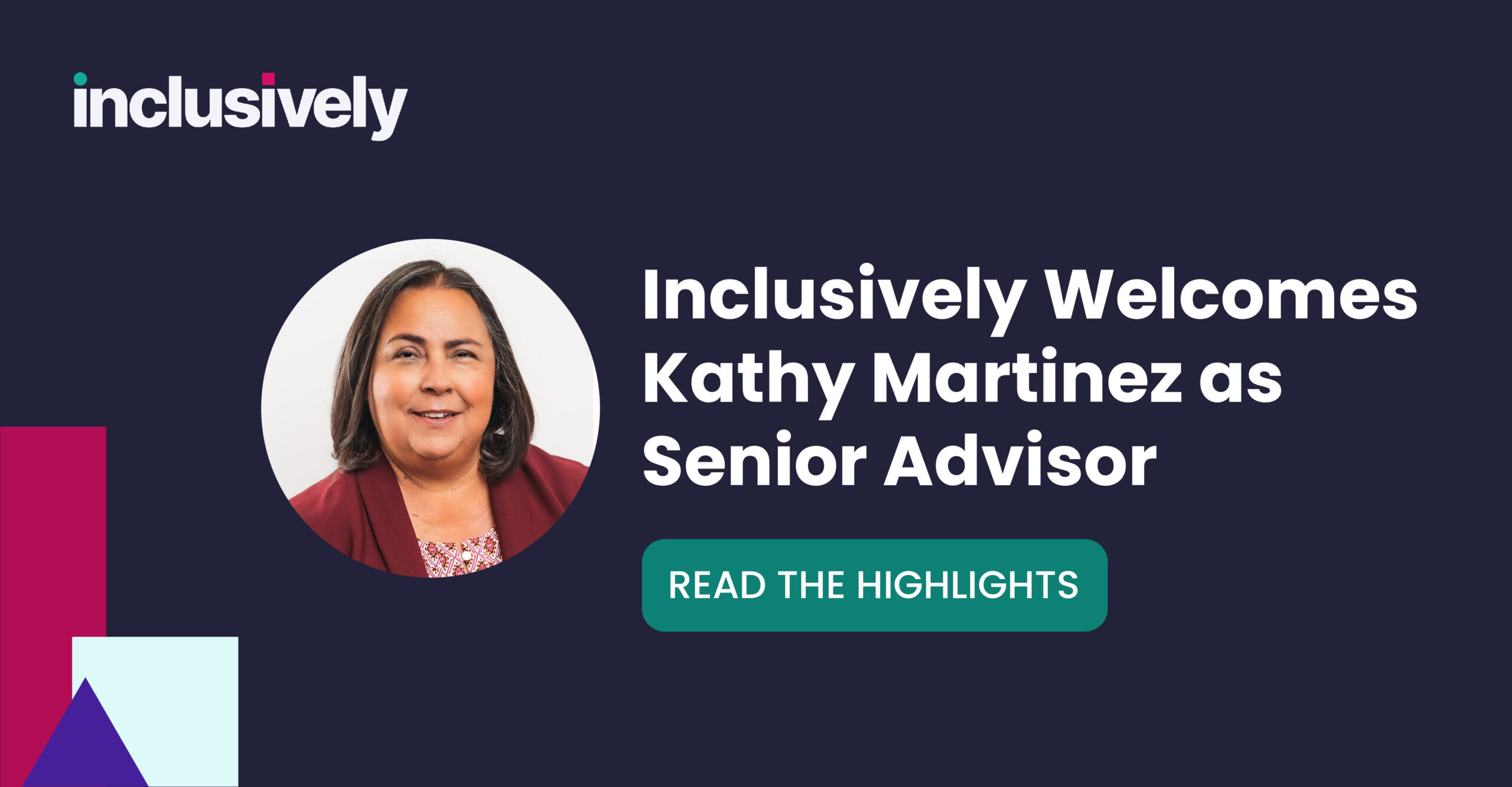When looking into the etymology of the word “accommodate,” you’ll find that the origin of the word means “to make fit, make fit for, adapt, fit one thing to another.” The Americans with Disabilities Act (ADA) has helped the workplace shift within the last 30 years with regard to disability inclusion by introducing accommodations and resources to help people with disabilities. Yet many people with disabilities still don’t feel safe disclosing a disability in their place of work, and therefore don’t take advantage of available accommodations. However, as younger generations who’ve previously been accommodated in educational environments are joining the workforce, disclosure rates are beginning to rise.
In 2019, 30% of the professional workforce fit the current federal definition of having a disability, but four out of five of those employees were keeping their disability status a secret. What’s changing is disclosure rates among new workers: self-disclosure of disabilities among new hires has increased 25% over the last two years alone. As younger generations continue to join the workforce and bring expectations around accommodations with them, we believe that self-disclosure among older generations will increase as well.
So, what’s changed? And how can we continue this evolution?
The difference lies in the fact that Millennials and Gen Zers have been accommodated in school and expect no less in the workplace. Between 2000 and 2020, the number of students who received special education services under the Individuals with Disabilities Act increased by more than 15%, to 7.3 million (representing 14% of all public school students). Now that this new generation of employees are entering the workforce, they’re bringing along their practices of disclosure and accommodation and making big changes in employee expectations.
For many, the question of disclosing comes down to having a “right time” to share information regarding accommodations in the hiring process, and many disability advocates have counseled that it is wiser to withhold any disclosures during the hiring process due to very real threat of discrimination. Non-disclosure is also highly associated with the broken hiring process. There’s an extremely high chance that a candidate with a disability will be screened out of the process before they reach the interview phase: 99% of Fortune 500 companies use an Applicant Tracking System (ATS) whose algorithms screen out any candidate that does not meet exacting criteria. The entire system puts the onus of requesting in the hands of the employee, who has often been counseled not to disclose unless absolutely necessary, leaving many too afraid or even unaware of what accommodations they have access to under the ADA.
We’re moving toward a new era of employee-driven inclusion, where providing accommodations is shifting from employee-driven to employer-driven, with organizations taking more responsibility when it comes to ensuring those with disabilities receive accommodations. As just one example, employers running Inclusive interviews can start the conversation at the outset of the hiring process and ensure transparency throughout.
Overcoming negative bias through transparency
As stated before, many job seekers and employees choose not to disclose disabilities out of fear of negative bias in the workplace. This new generation is known for prioritizing purpose, flexibility and inclusion over compensation, so organizations would be smart to focus on building an inclusive culture that enables employees to feel and be seen. Shifting a company’s culture doesn’t happen overnight, but taking an approach of appealing to employees’ values is a start. This includes but is not limited to openly sharing available resources, benefits and accommodations for employees with disabilities.
Discover how the new generations are shaking up the workplace norms in our new white paper, The Business Case for Inclusion: 5 Ways Disability Inclusion Achieves Broader DEI Objectives.
References:
1. Harvard Business Review, Why People Hide Their Disabilities at Work, 2019.
2. Disability In & AADP, Disability Equality Index 2021 Annual Report, 2021.
3. National Center for Education Statistics, Students with Disabilities, 2021.
4. Accenture & Harvard, Hidden Workers, Untapped Talent Report, 2021.
5. Randstad, Workmonitor 2022 Report, 2022.



